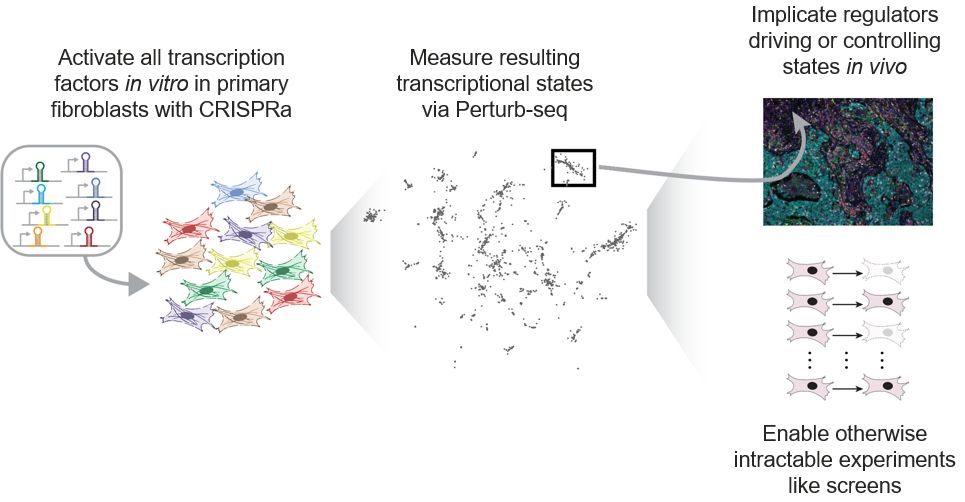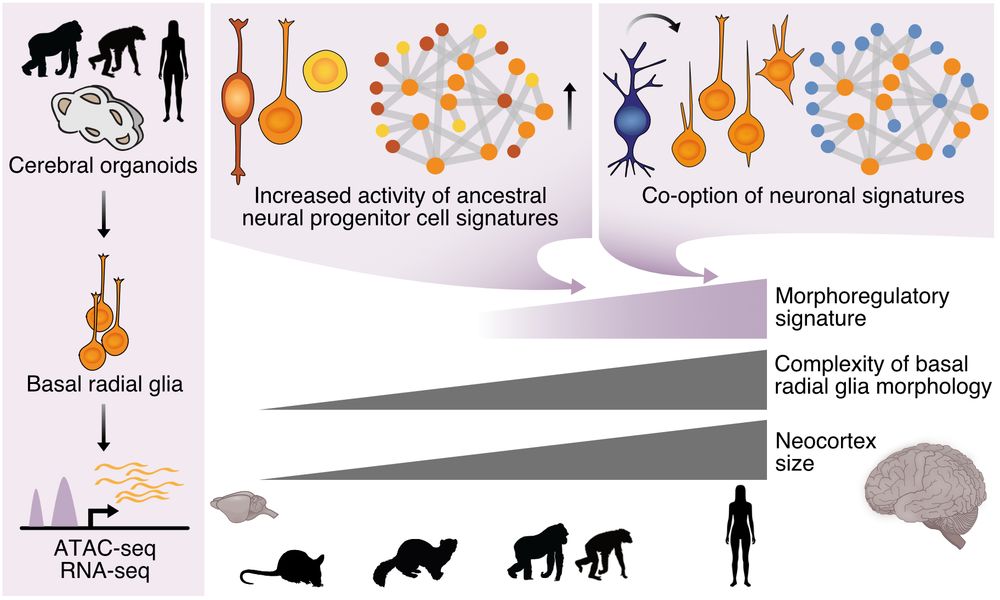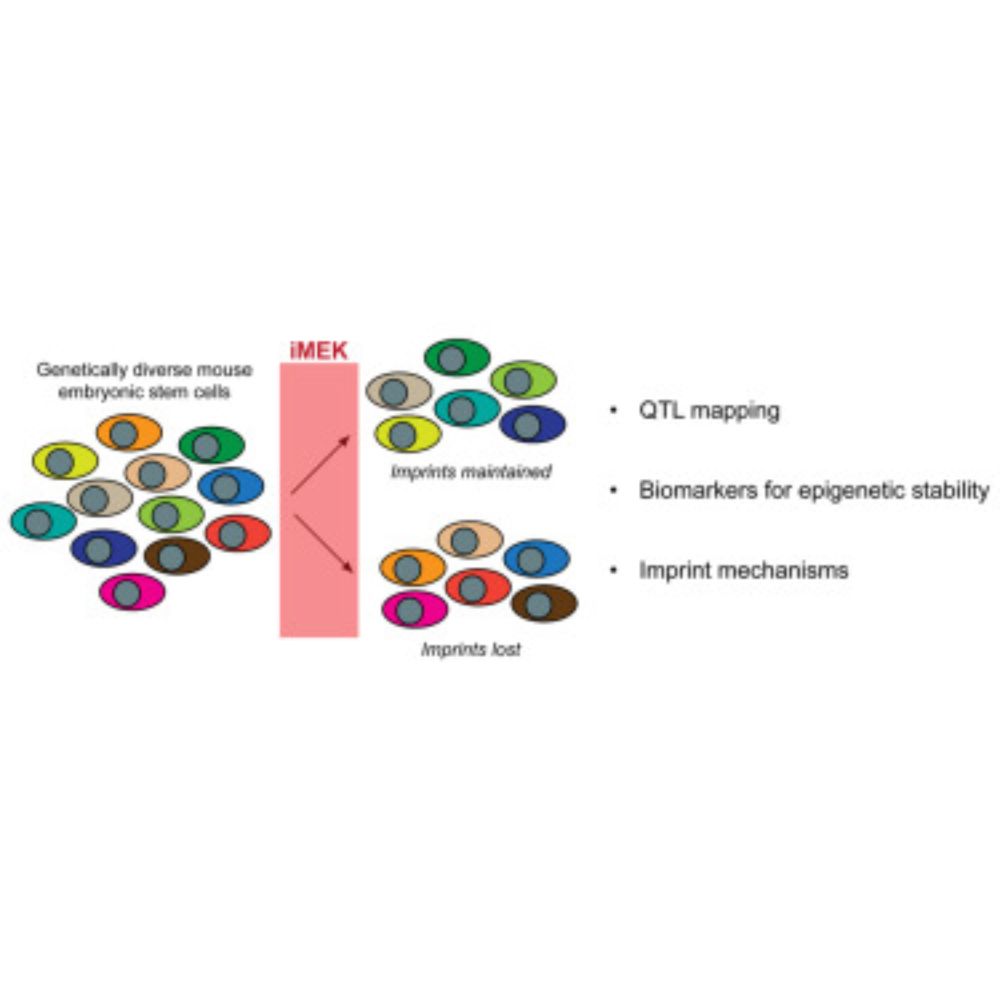
https://pubmed.ncbi.nlm.nih.gov/?term=Marty+G+Yang&sort=pubdate


We compared deer mice evolved in forest vs prairie habitats. We found that forest mice have:
(1) more corticospinal neurons (CSNs)
(2) better hand dexterity
(3) more dexterous climbing, which is linked to CSN number🧵
We compared deer mice evolved in forest vs prairie habitats. We found that forest mice have:
(1) more corticospinal neurons (CSNs)
(2) better hand dexterity
(3) more dexterous climbing, which is linked to CSN number🧵
We present a new type of cell fitness assay that allows you to both quantify and explain differences across human donors in cell proliferation and sensitivity to environmental toxicants.
We present a new type of cell fitness assay that allows you to both quantify and explain differences across human donors in cell proliferation and sensitivity to environmental toxicants.
www.science.org/doi/10.1126/...

www.science.org/doi/10.1126/...
1. establish that cell villages can be just as accurate (one might argue more accurate!) than arrayed-based designs
bsky.app/profile/bior...
1. establish that cell villages can be just as accurate (one might argue more accurate!) than arrayed-based designs
bsky.app/profile/bior...
www.biorxiv.org/content/10.1...
A tour-de-force by 1st authors Bruna Eckhardt & @palindromephd.bsky.social, focusing on chromatin replication. RTs welcome; tweetorial in 3,2...(1/n)

www.biorxiv.org/content/10.1...
A tour-de-force by 1st authors Bruna Eckhardt & @palindromephd.bsky.social, focusing on chromatin replication. RTs welcome; tweetorial in 3,2...(1/n)

@debbysilver.bsky.social on
human-specific neurodevelopment, linking ‘Human Accelerated Regions’ to chromatin architecture, cortical cell fate and expansion and folding of brains 🧪🧠🧬
www.biorxiv.org/content/10.1...

@debbysilver.bsky.social on
human-specific neurodevelopment, linking ‘Human Accelerated Regions’ to chromatin architecture, cortical cell fate and expansion and folding of brains 🧪🧠🧬
www.biorxiv.org/content/10.1...

💥Now on
@biorxivpreprint
: biorxiv.org/content/10.1...
Led by Dr. Shivani Baisiwala, Neurosurgery Resident in the lab
💥Now on
@biorxivpreprint
: biorxiv.org/content/10.1...
Led by Dr. Shivani Baisiwala, Neurosurgery Resident in the lab
www.biorxiv.org/content/10.1...

www.biorxiv.org/content/10.1...
Using a new meta-atlas generation strategy, we identified functional gene networks that more fully explain how cell types are formed in the human cortex. (1/13)
www.nature.com/articles/s41...

Using a new meta-atlas generation strategy, we identified functional gene networks that more fully explain how cell types are formed in the human cortex. (1/13)

Stay tuned! third preprint is on its way!

Stay tuned! third preprint is on its way!
www.biorxiv.org/content/10.1...

www.biorxiv.org/content/10.1...

www.cell.com/stem-cell-re...

www.cell.com/stem-cell-re...
🗓️Don't forget to register:
us06web.zoom.us/webinar/regi...

🗓️Don't forget to register:
us06web.zoom.us/webinar/regi...

